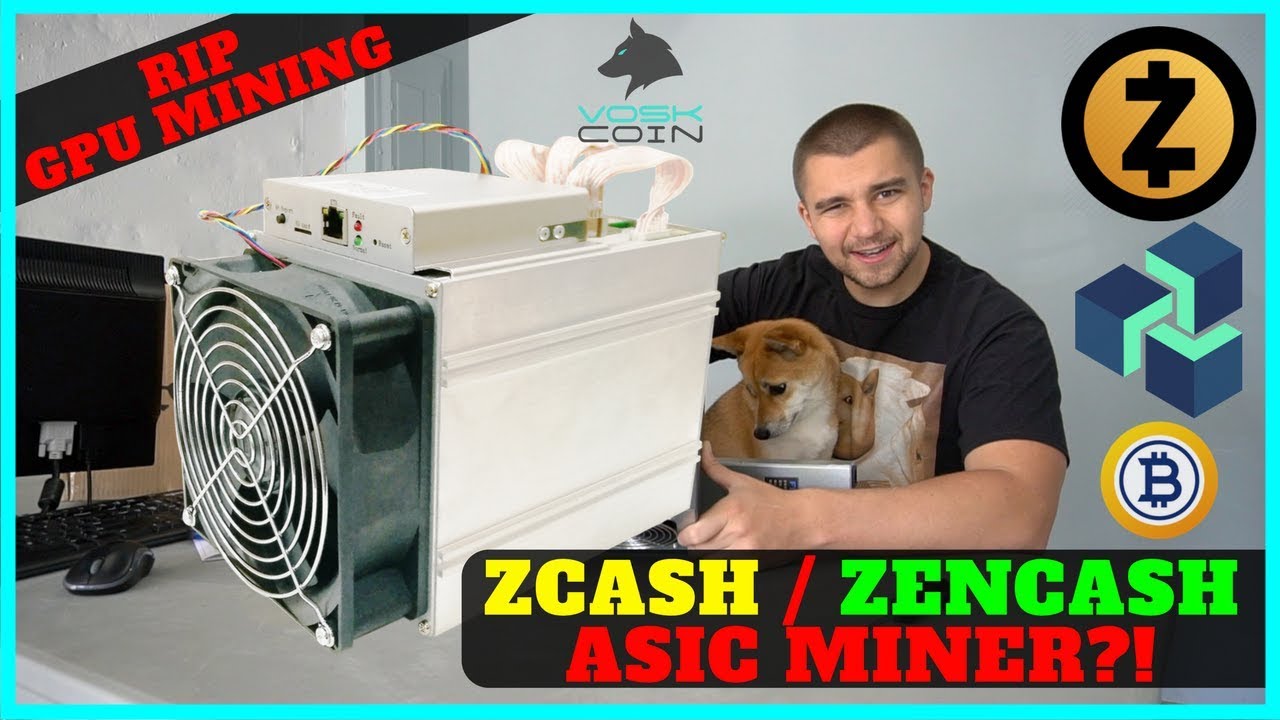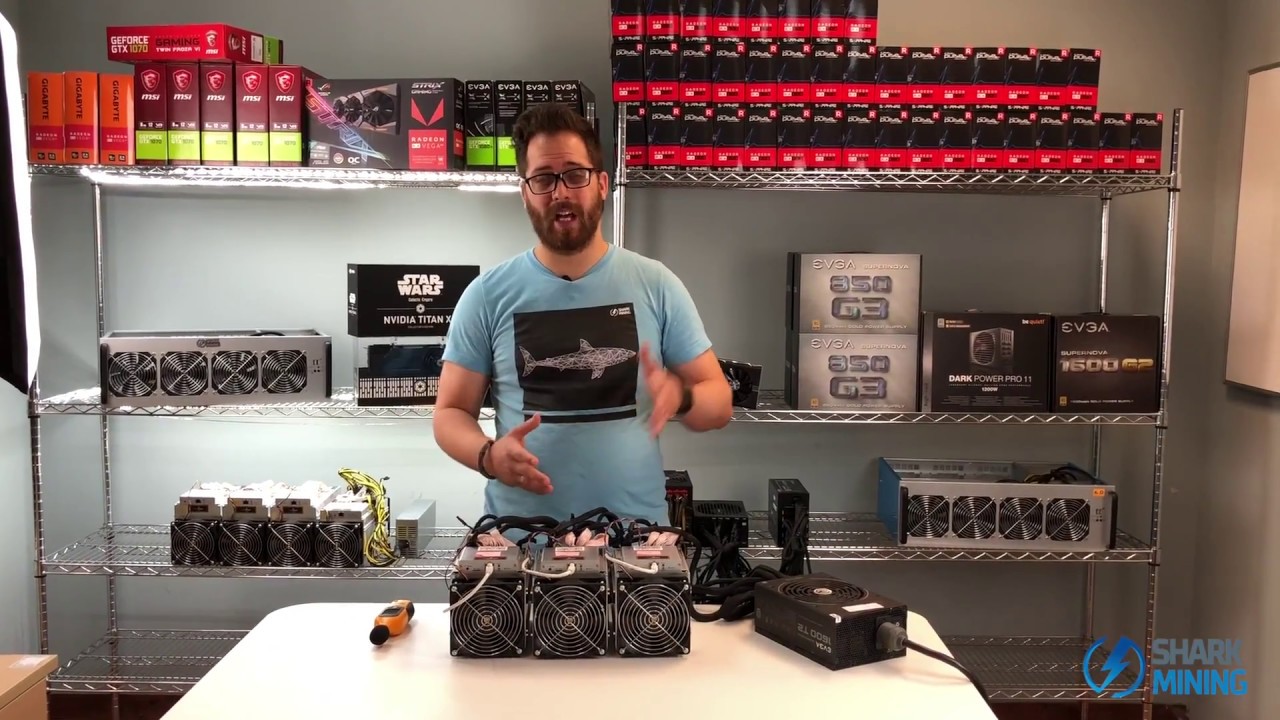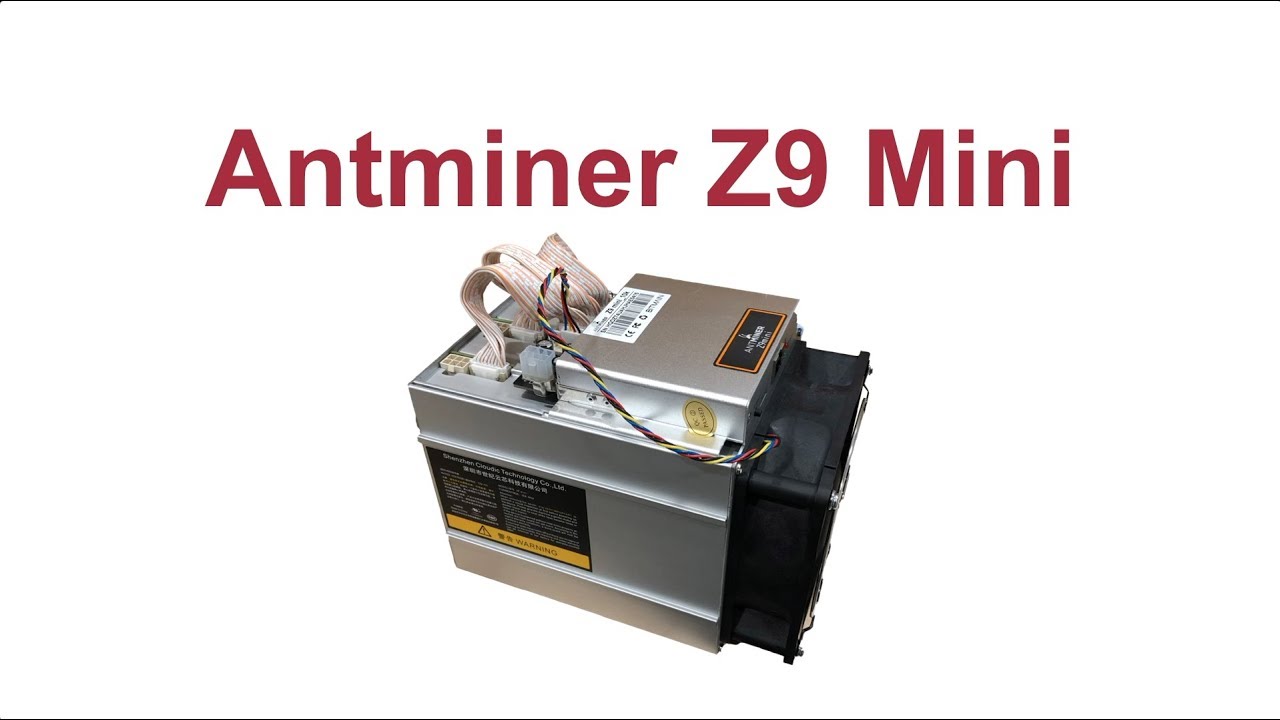GPU MINING DEAD?! Bitmain Antminer Z9 EQUIHASH ASIC MINER 10000 Sols @ 300 watts

Bitmain Antminer Z9 Review: Is GPU Mining Really Dead? Deep Dive into the Equihash ASIC Disruption
Introduction
The Bitmain Antminer Z9 review sits at the crossroads of a heated debate: will ultra-efficient Equihash ASICs obliterate traditional GPU farms, or can both models coexist in a volatile crypto-mining landscape? In VoskCoin’s 13-minute video “GPU MINING DEAD?! Bitmain Antminer Z9 EQUIHASH ASIC MINER 10000 Sols @ 300 watts,” the channel’s host dissects performance metrics, energy draw, and community backlash, offering viewers a reality check on profitability and decentralization. This article expands that conversation, exploring technical anatomy, ROI mathematics, and the philosophical tug-of-war between open hardware ecosystems and highly specialized machines. By the end, you’ll not only grasp the Z9’s raw power, but also learn how to future-proof a mining strategy amid hash-rate arms races, regulatory crackdowns, and market gymnastics.
Key Promise: Discover whether shifting from GPUs to an Antminer Z9 fleet is a calculated upgrade or an existential risk to your mining business.
The Genesis of the Equihash ASIC Revolution
From CPU to GPU—and Beyond
When Zcash, Bitcoin Gold, and ZenCash originally chose the Equihash algorithm, the intention was simple: prevent ASIC domination by leaning on RAM-heavy operations unsuitable for fixed-function chips. GPUs thrived, striking a balance between accessibility and performance. Yet Bitmain’s R&D barrage gradually eroded that sanctuary. The Z9 announcement—10 000 Sol/s at just 300 W—proved Equihash was no longer ASIC-resistant.
Community Reactions and Governance Strains
VoskCoin highlights the spectrum of response. Zcash CEO Zooko tentatively opposed a hard fork, citing network stability, whereas smaller projects like Bitcoin Gold flirted with algorithm tweaks. Discord threads exploded with speculation: would a fork fragment liquidity or merely delay the inevitable? In the clip, Vosk recounts how pre-orders sold out faster than GPUs during 2017’s bull run—proof that miners prioritize profit over principle when timetables are tight.
Insight: Resistance algorithms buy communities time, not immunity. If profitability gap widens enough, hardware innovation will infiltrate any niche.
Technical Anatomy of the Bitmain Antminer Z9
Efficiency Metrics
Vosk measures 10 000 Sol/s ±5% while pulling roughly 300 W. That yields 33.3 Sol/J, dwarfing modern GPUs averaging 1.4 Sol/J. Cooling is achieved via twin 120 mm high-static-pressure fans, yet the single-board form factor (unlike triple-board S19 designs) keeps dimensions modest—translate that into rack density and you get 150-200 kSol per 42U rack at sub-6 kW load.
Firmware, Tuning, and Noise Footprint
Bitmain’s web GUI enables frequency tweaks between 500-650 MHz, producing up to 12 kSol at the cost of 380 W and ~76 dB. Vosk cautions hobbyists operating in residential zones: a Z9 humming at night is less neighbor-friendly than an array of GTX 1080 Ti cards. Custom firmware (BOSminer) promises auto-profit switching among ZEC, ZEN, and BTG pools, but flashing voids warranty.
Failure Modes and Maintenance
Based on VoskCoin’s sample and public repair logs, most failures arise from MOSFET overheating due to dust blockages. Mean Time Between Failures (MTBF) hovers near 18 months for 24/7 operation—acceptable but shorter than the 30-month horizon some enterprise GPU clusters boast. However, ASIC hash-rate leaps every six months, so obsolescence, not breakdown, is the bigger threat.
Economic Viability and ROI Calculus
Profitability Scenarios
Assuming $0.08 kWh electricity and April 2024 Zcash block rewards (2.5 ZEC), a Z9 nets roughly $3.20/day at current difficulty. Break-even on a $1 800 retail unit hits at 560 days, but difficulty climbs ~1.2% weekly. Incorporating a conservative 0.8% weekly increase, ROI slips to 13–14 months—still faster than most GPU builds.
Sensitivity Analysis
- Electricity: At $0.04 kWh, ROI compresses to 8 months; at $0.12, payback stretches beyond 18.
- Market Volatility: A 25% drop in ZEC price triggers a 5-month ROI extension.
- Halving Events: The next ZEC halving (2024 Q4) can double ROI duration overnight.
Opportunity Cost vs Alternative Assets
An Ethereum GPU farm not only mines but resells GPUs to gamers, cushioning downside. ASICs lose 70-80% resale value when superseded. Vosk emphasizes liquidity: unloading obsolete Z9s is harder than flipping RTX cards on eBay.
Caveat Miner: Treat ASIC purchases like perishable commodities, not capital equipment you’ll depreciate over five years.
GPU Mining vs ASIC Mining: End of an Era?
Hash-Rate Arms Race—The Numbers
| Metric | RTX 3080 (GPU) | Antminer Z9 (ASIC) |
|---|---|---|
| Equihash Hashrate | 92 Sol/s | 10 000 Sol/s |
| Power Draw | 250 W | 300 W |
| Efficiency (Sol/W) | 0.368 | 33.3 |
| Unit Cost (retail) | $699 | $1 800 |
| Noise Level | 45 dB | 74 dB |
| Multi-Algo Flexibility | High | Very Low |
| Resale Market | Gaming, AI, VR | Niche miners |
Decentralization Implications
GPU accessibility historically distributed hash power across tens of thousands of hobbyists. ASIC injections concentrate control among fewer, capital-rich actors—pool statistics show three Bitmain-linked entities controlling 55% of Equihash hash rate post-Z9 shipment. Vosk voices concern: “One firmware backdoor and you could sabotage half the network.”
Forkability Dilemma
Projects face three choices: fork to a new algorithm, absorb ASICs, or blend hybrid consensus (like Kadena’s chainweb). Each path has trade-offs: forks risk fragmentation; absorption alienates GPU loyalists; hybrid designs add complexity and novel attack vectors.
Regulatory, Ecological, and Ethical Issues
Energy Policy Scrutiny
Jurisdictions from New York to Sichuan implement energy rationing or moratoriums on cryptomining. With a 300 W draw, a single Z9 appears benign, yet a 5 MW farm of 16 000 units rivals a small town’s consumption. Eco-branding campaigns (e.g., “green Bitcoin”) intensify pressure. VoskCoin predicts carbon taxes tied directly to mining wattage.
E-Waste Crisis
ASICS lack a second life. A bricked GPU transforms into a budget gaming rig; a useless Z9 becomes landfill. Environmental NGOs argue that planned obsolescence in ASIC design contradicts the “digital gold” narrative. Manufacturers can pre-empt criticism by offering buy-back recycling, but Bitmain’s record is mixed.
Ethical Hash-Rate Centralization
Centralized hash rate can silence dissent: if miners dislike a governance proposal, they can orphan blocks until developers capitulate. This power asymmetry stifles healthy experimentation in protocol design. Ethical debates escalate as mining resembles oligopoly control rather than decentralized security.
Strategic Recommendations for Miners
Seven-Step Decision Framework
- Audit Power Costs: lock in rates under $0.07 kWh or negotiate demand-response credits.
- Model Difficulty Growth: apply a weekly 1–1.5% rise; simulate best- and worst-case margins.
- Diversify Output: auto-exchange mined ZEC into BTC or stablecoins to hedge.
- Secure Ventilation: maintain <70 °C chip temps; consider immersion cooling for noise abatement.
- Plan Exit Strategy: list hardware 60 days before projected obsolescence peak.
- Allocate R&D Budget: reserve 15% of monthly profits for next-gen hardware.
- Engage Governance: vote in protocol polls; your hash-rate stake is political leverage.
Operational Best Practices
- Deploy smart PDUs for remote rebooting.
- Schedule quarterly dust-clean cycles to prevent MOSFET failure.
- Track firmware updates, but test on a single unit before mass flashing.
- Layer surge protection; ASIC PSUs are vulnerable to line spikes.
- Use multi-factor authentication on pool accounts to avoid payout hijacks.
“ASICs are neither angels nor demons; they are tools. It’s operational discipline and community governance that decide whether they fortify or fracture a blockchain.”
– Dr. Anya Petrov, Blockchain Hardware Researcher, University of Zurich
Frequently Asked Questions
1. Can I repurpose a Z9 for algorithms beyond Equihash?
No. Unlike FPGAs, ASICs are hard-wired; flashing alternative firmware cannot rewire the silicon.
2. How loud is the Z9 compared to a typical gaming PC?
A gaming PC idles around 35–40 dB. The Z9 at full fan speed can exceed 74 dB—comparable to a vacuum cleaner.
3. Does under-clocking meaningfully extend ROI?
Minorly. Dropping to 8 kSol/s at 240 W reduces efficiency to 33 Sol/W; the electric savings scarcely offset lower revenue.
4. Is liquid immersion cooling worth the setup cost?
For farms of 50+ units, yes. You reclaim heat for HVAC and silence noise. Single-unit hobbyists seldom recoup the upfront $600–800 per tank.
5. What happens to network security if most miners sell after ROI?
A cliff-like hash-rate drop invites 51% attacks until difficulty retargets. Protocols with longer retarget windows are especially vulnerable.
6. Are there credible Z9 clones on the grey market?
Several AliExpress listings exist, but teardown photos expose inferior heatsinks and third-party control boards; failure rates skyrocket.
7. How does Z9 shipping time affect profitability?
Bitmain batches often take 4–6 weeks; early-batch miners gain a substantial edge because network difficulty lags initial hardware influx.
8. Will Zcash eventually fork to stop ASICs?
Unlikely in the near term. Foundation statements favor broad participation but prioritize network stability over hardware neutrality.
Conclusion
The Bitmain Antminer Z9 epitomizes both promise and peril. Its unrivaled 33 Sol/J efficiency can halve electricity costs and accelerate profit recovery, yet its fixed-function design, noise, and resale challenges anchor considerable risk. For miners with cheap power and a tolerance for regulatory flux, deploying a Z9 cluster is rational—but only if combined with rigorous maintenance, calculated exit timing, and active governance participation.
Key Takeaways:
- ASIC efficiency eclipses GPU performance by two orders of magnitude.
- ROI is power-price sensitive—below $0.07 kWh or bust.
- Network centralization escalates governance tension.
- E-waste and regulatory pressures loom large.
- Strategic diversification and firmware vigilance remain non-negotiable.
Ready to dig deeper? Watch the full VoskCoin analysis, join their Discord, and weigh in on whether the Antminer Z9 heralds GPU mining’s twilight or merely ushers in a new, more specialized phase of crypto extraction.
Credits: All on-screen footage and firsthand benchmarks courtesy of the VoskCoin YouTube channel. Subscribe to stay ahead of the next hardware disruption.



